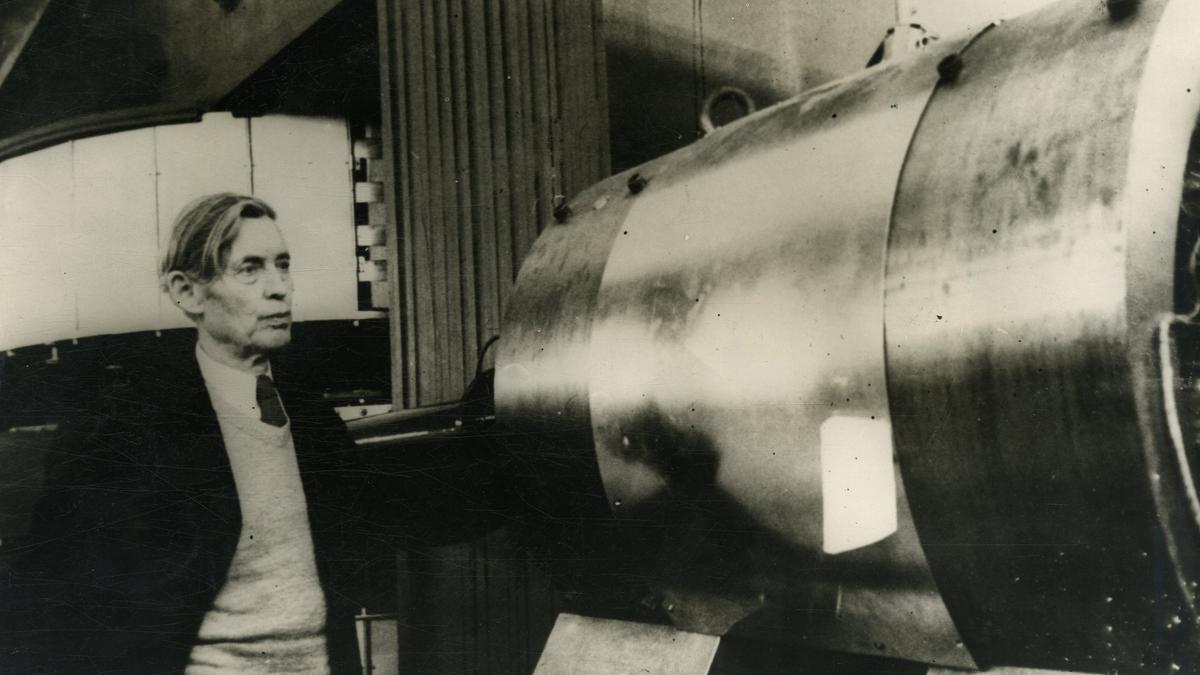[ad_1]

A Bank of America building is engulfed in flames along Lake Avenue, Los Angeles, January 8, 2025.
| Photo Credit: AFP
Many experts say luck plays a part. After all, winds can shift 180º in a second, pushing fire away from one house and towards a neighbour’s. But they also say there are many ways homes can be made less vulnerable.
Greg Faulkner of Faulkner Architects in California said there is a finite number of ways a fire can burn a house. “If you eliminate half of those, or three-quarters of them, that’s not luck, that’s increasing your odds.”
People in fire country generally know that trees, landscaping, and wood fences near homes can be a fire risk. Architects and contractors are going beyond that, using newer materials and techniques in roofing, walls, and windows to keep buildings standing. The measures can add as much as 10% to the cost of homes.
Many of these experts no longer use wood siding. Where it is used, or still allowed, it needs to have a fire-resistant barrier underneath, often made of gypsum.
Stucco, a cement material, is fire-resistant. Arnold Tarling, who inspected buildings for four decades in Britain, said houses with stucco walls appeared to survive the fires better. Yet if more of them had had a layer of gypsum underneath, it would have given more protection from the heat, he said.
Double-pane windows also significantly slow heat coming from the burning building next door. Tarling noted that one Malibu beachfront home, surrounded by gutted buildings, was intact because no windows faced a neighbor, so radiated heat couldn’t penetrate it as easily.
Then there’s the roof, when fire embers can land. Simpler roof lines can allow red-hot embers to slide off. Spanish Mission, for example, is an iconic LA style but the knee walls it uses create corners where embers can gather.
Many roofs in the US are covered in asphalt. Areas that are designated wildfire-prone in California — ever-growing in size — are required to use roofing that delays the transfer of heat to the building’s inside.
Still, asphalt is a petroleum product. Some professionals prefer metal, which doesn’t burn, although it conducts heat.
Maybe as important as which material is used on a roof is whether the roof offers fire a way to get in.
Contractors have been more careful over the years to make sure moisture doesn’t build up in attics by making sure air circulates, using the vents visible on many roofs. But in a powerful fire, the flames can blow in through these vents.
Cesar Martin Gomez, an architect at the University of Navarra, Spain, noted that in some parts of Australia, new homes are required to have water tanks. “If each home has the ability to protect itself, fire won’t be able to spread as much,” he said.
Published – January 21, 2025 02:00 pm IST
[ad_2]
Source link





